NRC to host meeting on Davis-Besse plant performance
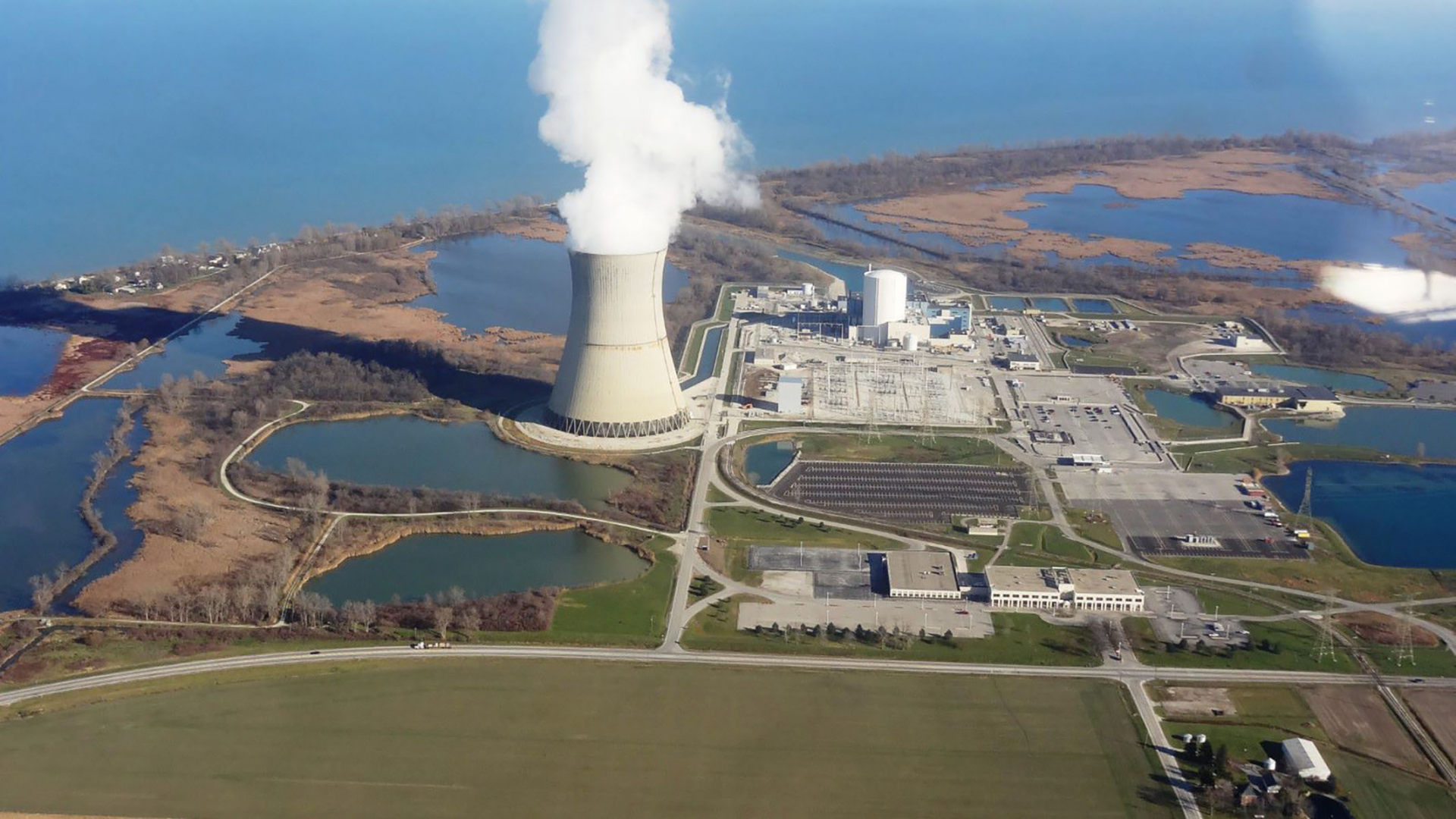
The Nuclear Regulatory Commission will discuss the Davis-Besse nuclear power plant safety performance last year in a public meeting this Thursday, August 29.


The Nuclear Regulatory Commission will discuss the Davis-Besse nuclear power plant safety performance last year in a public meeting this Thursday, August 29.
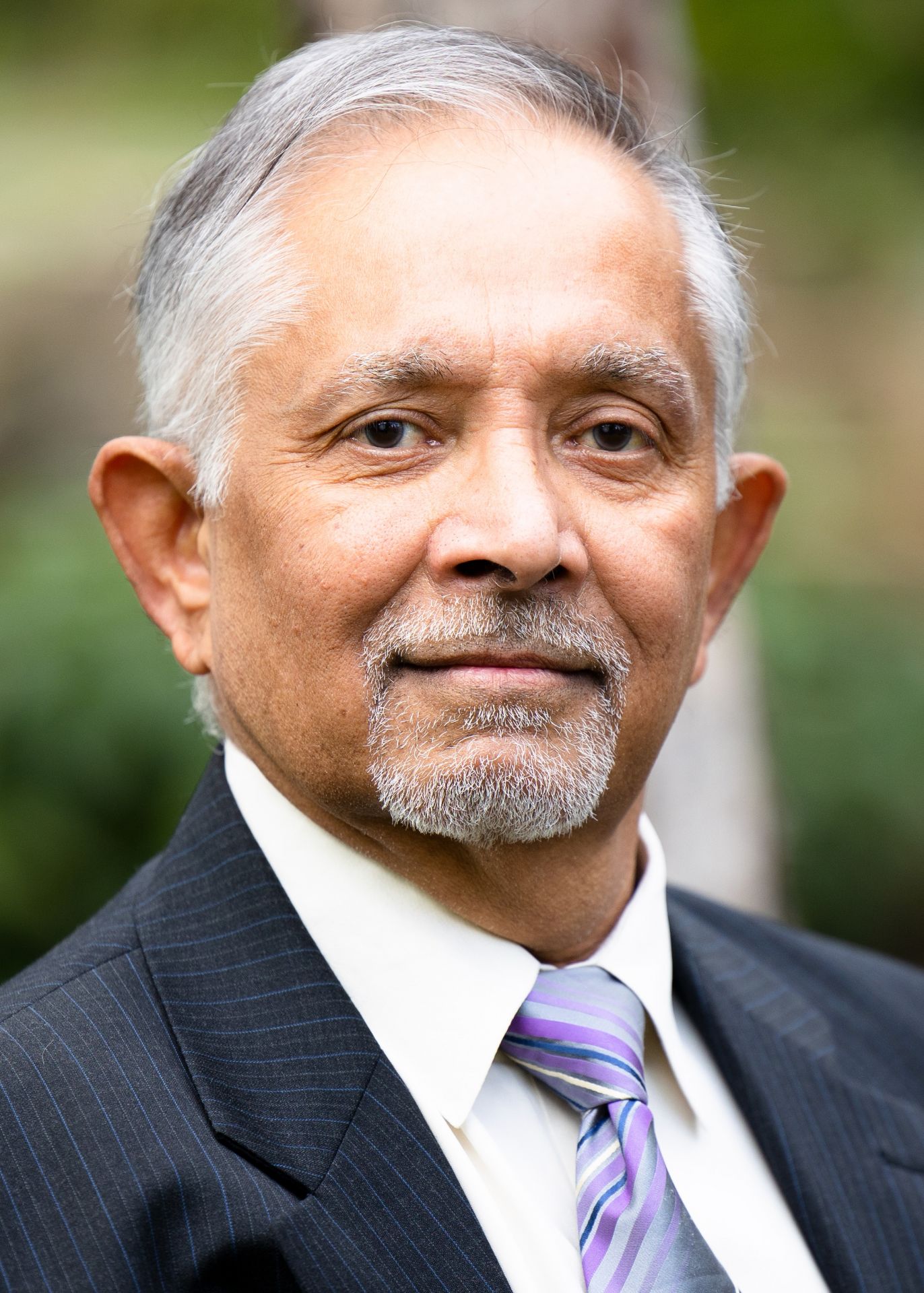
N. Prasad Kadambi
We welcome ANS members who have careered in the community to submit their own Nuclear Legacy stories, so that the personal history of nuclear science and technology can be captured. For information on submitting your stories, contact nucnews@ans.org.
I graduated with a mechanical engineering degree from Osmania University in Hyderabad, India, and took up nuclear engineering when I was awarded a scholarship by an organization called His Exalted Highness The Nizam of Hyderabad’s Charitable Trust. That scholarship enabled me to do graduate work at Pennsylvania State University, and I enrolled there in 1966. One of the terms of the scholarship was that I return to India after graduation. Hence, I returned to India in 1972 after receiving my Ph.D. and began working at the Bhabha Atomic Research Centre in Mumbai.
The Tennessee Valley Authority’s board of directors approved $150 million in additional funding to continue design work and TVA’s plans for small modular reactors at its Clinch River site near Oak Ridge, Tenn. With that decision late last week and an initial $200 million investment announced in early 2022, TVA has put a total of $350 million toward the development of SMRs at the site.

North Carolina State University is hosting the inaugural Future Leaders in Nuclear: Undergraduate Symposium in early October at its campus in Raleigh. The event for rising juniors and seniors in nuclear engineering or related science and engineering fields will give attendees the opportunity to present their research.

The United Kingdom’s Department of Energy Security and Net Zero has signed off on Westinghouse’s AP300 small modular reactor earlier this month.
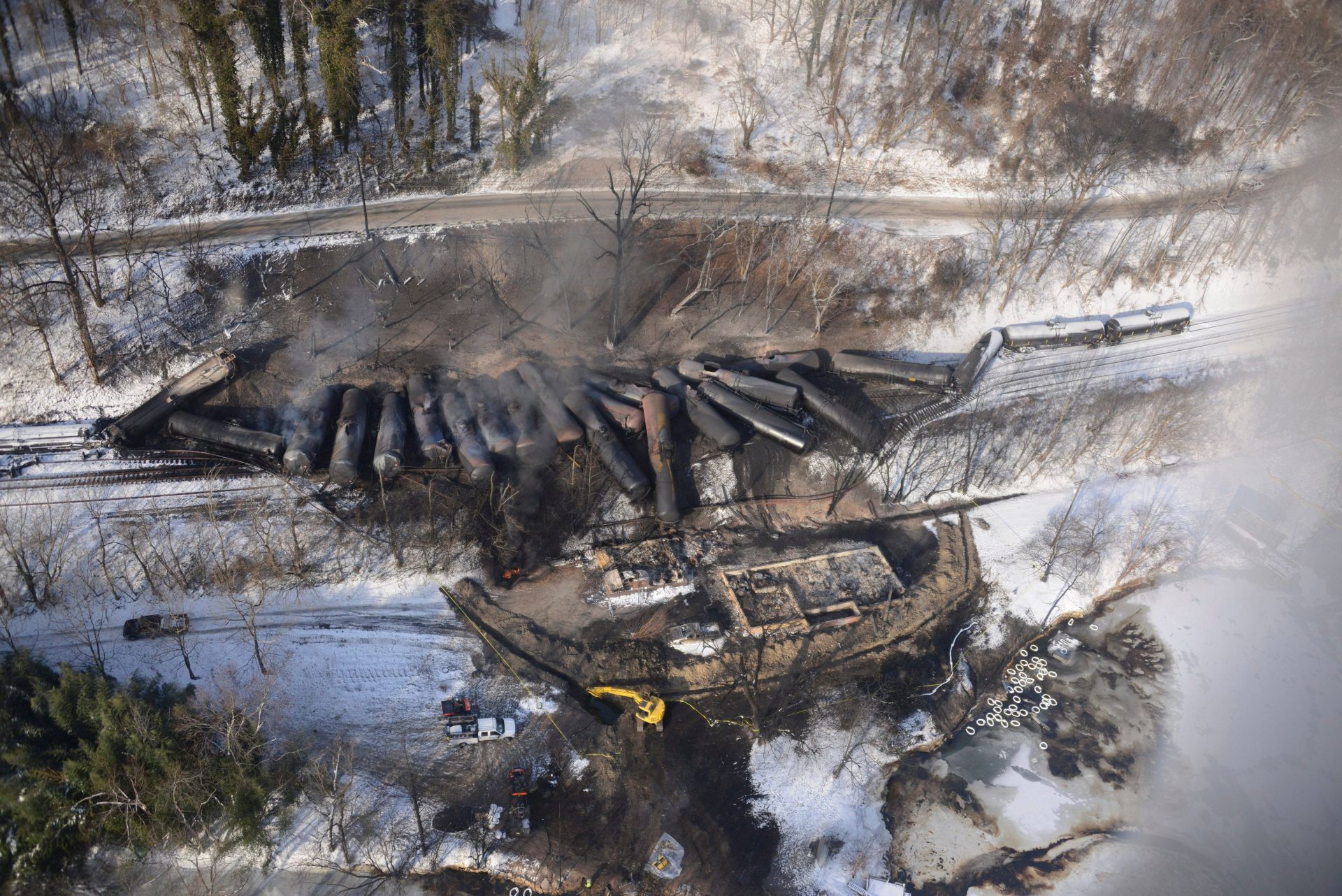
We all know that nuclear energy is the best energy source available—the safest and most reliable with the lowest life-cycle carbon footprint and the lowest environmental impact of any source, according to the latest UN report (unece.org/sites/default/files/2021-11/LCA_final.pdf).
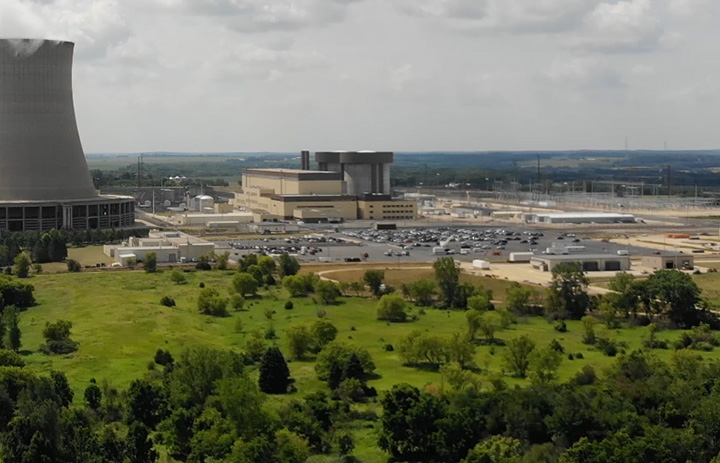
The Ogle County Board has approved a zoning change that designates 524 acres around the Byron nuclear power plant, located in northern Illinois, as industrial rather than agricultural.
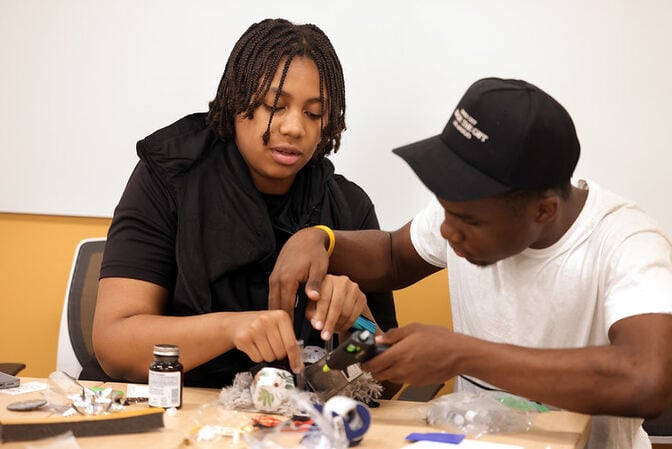
The first Harper Academy 4 Future Nuclear Engineers was held recently at the University of Michigan. The four-week program provided eight rising high school seniors with classes in nuclear engineering fundamentals, mathematics, technical skills, design, community engagement, and college preparation. While taking the course, the students stayed at Bursley Hall on the university’s Ann Arbor campus.
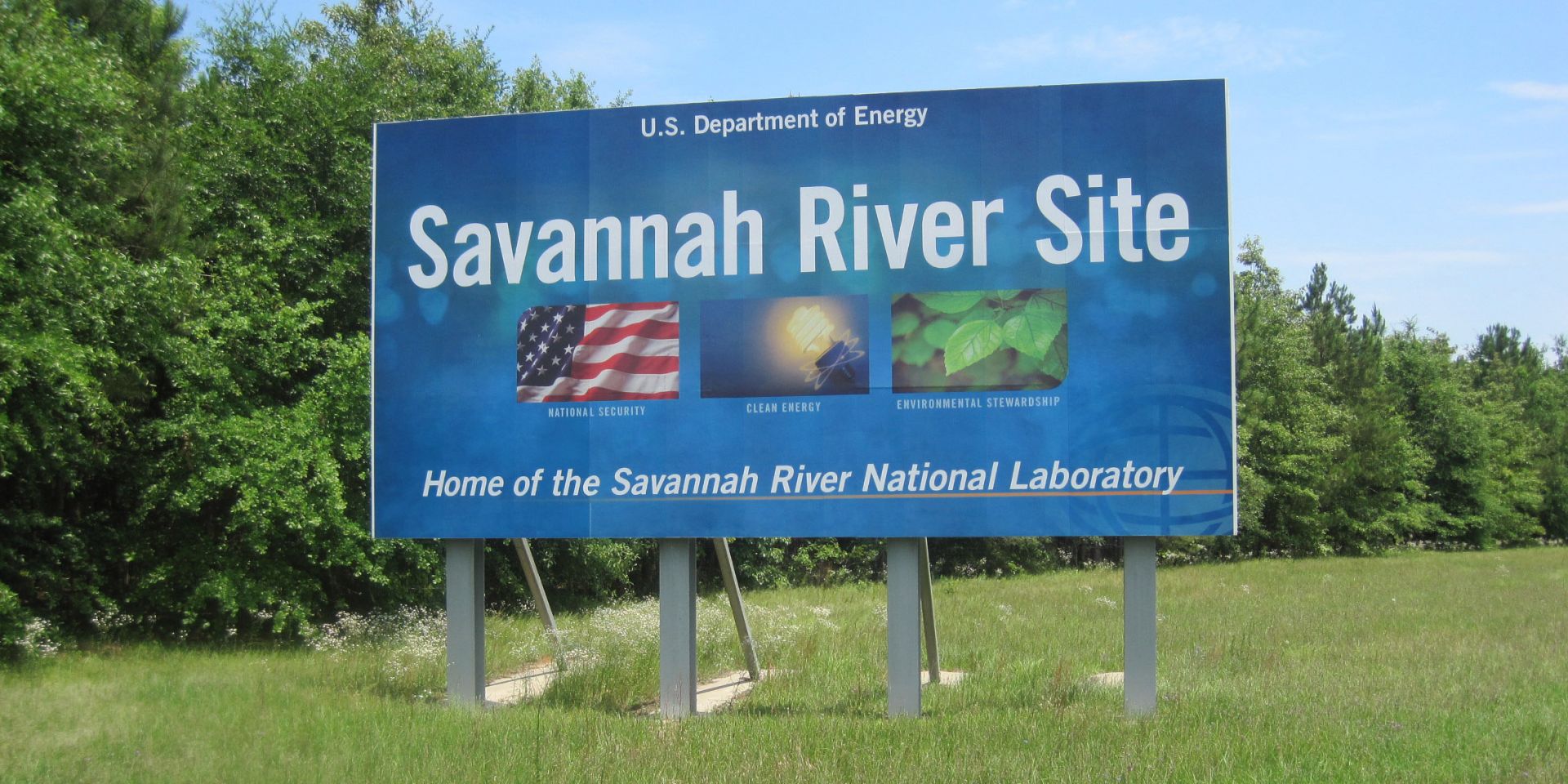
The Department of Energy’s Office of Environmental Management has issued a request for qualifications related to the department’s Cleanup to Clean Energy initiative for utility-scale energy projects at the Savannah River Site in South Carolina.

After three years in the Department of Energy, including two as assistant secretary of the Office of Nuclear Energy, Katy Huff stepped down in May to return to the world of academia as a professor at the University of Illinois–Urbana-Champaign.
Among her many accomplishments while serving as NE-1, Huff pushed for energy security—both at home and abroad, in places like war-torn Ukraine—and for the development of additional advanced and traditional nuclear plants, the potential restart of shuttered nuclear facilities, and a better funding stream for college nuclear programs.
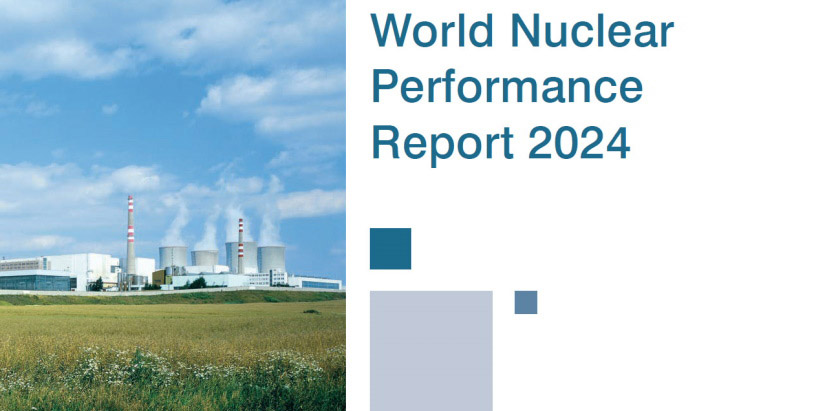
The World Nuclear Association's annual World Nuclear Performance Report provides up-to-date details about the nuclear power sector for both existing nuclear electricity generators and reactors under construction.
Average capacity factor of nuclear reactors increased by 1 percent—reaching 81.5 percent—last year. The report, published on August 20, shows that nuclear generation increased by 58 terawatt-hours in 2023, providing 2,602 TWh, or 9 percent, of the world’s electricity production.
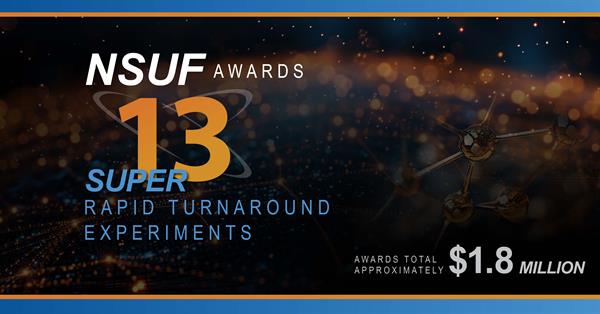
The Department of Energy’s Office of Nuclear Energy for the first time has awarded access to Nuclear Science User Facilities (NSUF) for Super Rapid Turnaround Experiments (RTEs). The 13 selected research projects, announced August 21, will examine the performance of nuclear fuels and materials for existing and planned nuclear power reactors. The project teams include 13 principal investigators collectively representing six universities, three national lab facilities, and one industry partner. They are getting no-cost access to capabilities valued at about $1.8 million.

Workers at the Department of Energy’s Hanford Site in Washington state recently finished filling the last large concrete basin at the K Reactor Area with cement-like grout. The basin stored reactor fuel rods from historic plutonium production in the 1950s.
Tonight, Democratic presidential candidate Kamala Harris is expected to offer some policy details in a speech at the Democratic National Convention. With nuclear energy getting firm bipartisan support in Washington, D.C., it won’t come as a surprise if Harris backs nuclear power investments as part of her energy and climate policies.
But 11 campaigns and 44 years ago, in 1980, President Jimmy Carter and Republican presidential candidate Ronald Reagan were on the campaign trail in the first presidential election contest after the March 1979 accident at Three Mile Island. Democratic and Republican party operatives hashed out policy platforms that took stock of nuclear energy—and Nuclear News took note.

Craig Piercy
cpiercy@ans.org
Duck, N.C.—A summer beach vacation with the extended family: There’s nothing else quite like it, reliving old memories and developing a greater appreciation for how others felt about them at that moment. One particular topic came up at our multigenerational dinner the other night: “Describe your experience of riding on a two-wheel bike for the first time.”
Among the Gen Z crowd at the table, we heard stories of stitched up chins and falls into prickly bushes. However, despite a few harrowing starts, all are now confident twentysomething cyclists with no residual trauma.
The parents’ recollections of events seemed more sober. After all, there are few parental experiences more fraught than teaching your child to ride a two-wheeled bike. It’s as scary as it is unavoidable.

Uranium enricher Urenco welcomed representatives from the International Atomic Energy Agency to an August 19 event to mark the creation of an IAEA Centre of Excellence for Safeguards and Non-Proliferation at its Capenhurst, England, site. Representatives of the three nations with ownership stakes in Urenco—the United Kingdom, the Netherlands, and Germany—were joined by representatives from the United States, where Urenco also operates an enrichment plant. Urenco expects the new center to be fully operational in 2025.
The National Academies of Sciences, Engineering, and Medicine (NASEM) is forming an ad hoc committee to hold a two-day workshop titled “Pathways for New Nuclear Development” and is open to recommendations from the public through August 30. NASEM is seeking five or six volunteer experts to discuss the “real and perceived risks of new nuclear projects and their projected timelines” as committee members and is also looking for potential speakers, participants, and peer reviewers for any publications that could be produced following the workshop.

Crews are making significant progress on the construction of the K-25 viewing platform at the Oak Ridge Reservation in Tennessee, the Department of Energy’s Office of Environmental Management announced on August 20. When completed next year, the elevated platform will offer a sweeping panoramic view of the massive 44-acre footprint of the K-25 Building, which once produced enriched uranium used in the weaponry that ended World War II.
The American Nuclear Society is excited to announce the launch of its inaugural Nuclear 101 certificate course, scheduled to take place in-person at the 2024 ANS Winter Conference and Expo this November. This comprehensive five-day program is designed to provide participants with a robust understanding of nuclear energy and engineering, delivered by some of the field's foremost experts.

The Nuclear Decommissioning Authority (NDA), the government agency charged with cleaning up the United Kingdom’s nuclear sites, has awarded three contracts totaling £30 million (about $39 million) for research into new decommissioning techniques.